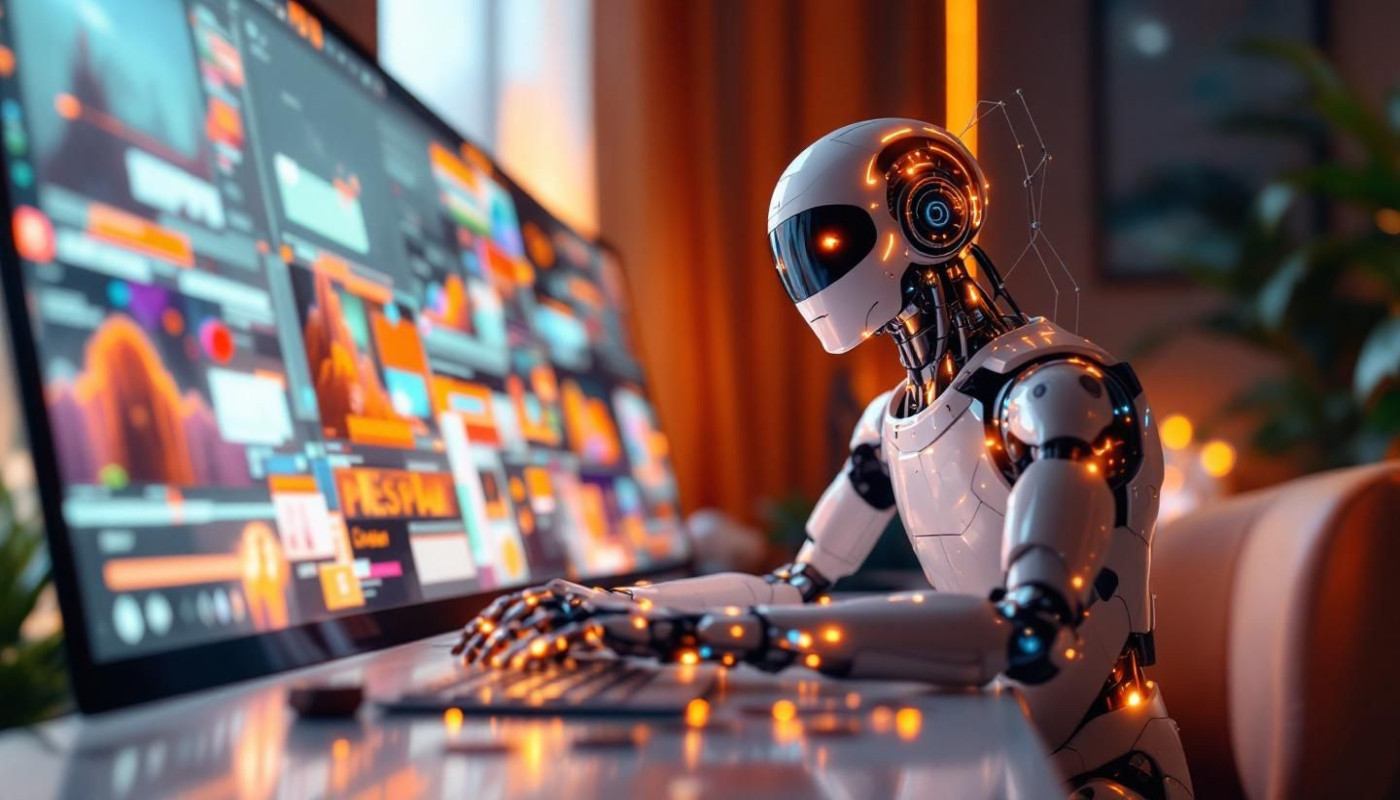Table of contents
Visual storytelling is undergoing a transformation as artificial intelligence reshapes the way brands approach marketing images. In a landscape where originality captures attention, AI emerges as a powerful ally in crafting visuals that stand out and engage audiences. Explore how these technological advancements are revolutionizing creative strategies and what this means for the future of digital marketing campaigns.
Enhancing creativity with AI
AI-generated images have revolutionized creative marketing by offering a seamless blend of speed, flexibility, and originality in visual content production. Marketers now harness advanced marketing technology, including generative adversarial networks (GANs), to synthesize unique images that would be difficult or time-consuming to create using traditional methods. This technology enables the rapid prototyping of innovative visual concepts, allowing teams to iterate designs quickly and respond to market trends with highly tailored content.
Image innovation thrives when artificial intelligence removes the limitations of manual editing and stock photography, empowering marketing professionals to experiment fearlessly with new styles, color palettes, and compositions. The result is a more dynamic campaign presence, as AI tools can generate on-brand visuals at scale, personalize content for different audiences, and adapt imagery in real-time. In creative marketing, this leads to stronger engagement and a distinctive brand identity, as marketers are no longer bound by resource constraints or creative fatigue. By integrating generative adversarial networks into their workflow, marketers unlock a new era of visual storytelling that redefines what is possible in contemporary marketing campaigns.
Personalizing visual experiences
AI personalization has revolutionized how brands approach personalized marketing, enabling precise audience targeting through the use of machine learning algorithms. These advanced systems analyze vast amounts of real-time data, such as user behavior, preferences, and demographic information, to generate dynamic visuals tailored to specific audience segments. By continuously learning from each interaction, machine learning algorithms allow marketers to adapt images instantly, ensuring that each visual element aligns with the expectations and interests of individual viewers. This deep level of customization leads to increased customer engagement, as people are more likely to connect with content that feels relevant and crafted for them. For instance, services like site web empower marketers to create unique, targeted images for campaigns, reflecting the preferences of different user groups and maximizing the effectiveness of every marketing initiative.
Streamlining image production
Artificial intelligence is transforming how marketing teams approach image workflow by introducing automation pipelines that drastically reduce manual labor and accelerate production timelines. AI automation allows for efficient production of unique visual assets, enabling scalable marketing initiatives that meet tight deadlines without sacrificing quality. Automation pipelines facilitate the rapid generation, editing, and adaptation of images, ensuring consistency in branding and messaging across various campaigns and platforms. This creative automation empowers teams to handle larger volumes of content, maintain high standards, and allocate human resources to strategic tasks, all contributing to a streamlined, scalable process that supports dynamic marketing environments. Insights provided by an operations manager specializing in marketing technologies underscore the significance of integrating these advanced tools for sustainable, long-term efficiency.
Maintaining brand consistency
Brands aiming for strong market presence must uphold visual identity and cohesive messaging across all platforms. AI branding solutions play a pivotal role in sustaining brand consistency by automating image generation according to predefined marketing standards. Through advanced techniques like style transfer, AI tools adapt existing visuals to match brand-specific color palettes, typography, and imagery styles, ensuring every asset aligns with established guidelines. Automated design platforms further streamline this process, enabling rapid production of on-brand visuals while minimizing manual errors. Despite these technological advancements, human oversight remains vital; creative teams oversee final outputs to guarantee that AI-generated visuals both adhere to visual identity and retain the brand's unique tone. This synergy allows for creative variation in marketing campaigns without compromising consistency, helping brands reinforce recognition and trust in competitive markets.
Overcoming creative limitations
AI innovation is transforming the landscape of marketing visuals by providing creative solutions that were previously out of reach due to budget, time, or technological constraints. Through advanced concept visualization, marketers can now bring abstract ideas to life with unprecedented speed and precision. This digital creativity enables the depiction of scenarios, products, or branding elements that would otherwise be impossible or prohibitively expensive to create using traditional methods. Overcoming limitations in image production allows brands to experiment freely with styles, color schemes, and visual narratives, fostering a culture of innovation in marketing campaigns. The integration of AI-powered tools unlocks new opportunities for rapid prototyping and iteration, expanding the possibilities for storytelling and audience engagement. This text is written by a senior digital creative director with experience in leveraging AI for unique marketing visuals.






